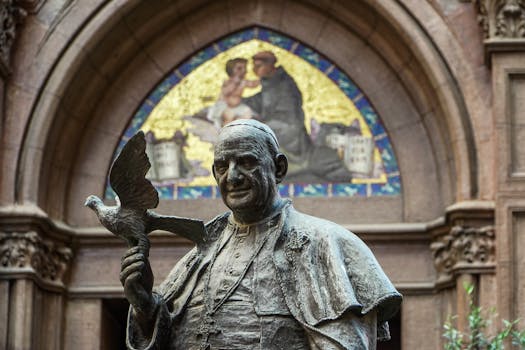
Traveling Through Time: How Europe’s Historical Heritage Shapes Modern Lifestyles in 2025
Traveling Through Time: How Europe’s Historical Heritage Shapes Modern Lifestyles in 2025. Europe, with its vast and diverse historical heritage, has long been a hub of cultural and architectural innovation. From the ancient ruins of Rome to the modern skyscrapers of Berlin, Europe’s cities are a testament to the continent’s rich and complex past. As we journey through the ages, it becomes clear that Europe’s historical heritage continues to shape modern lifestyles in profound ways.
Architecture and Urban Planning
One of the most obvious ways in which Europe’s historical heritage shapes modern lifestyles is through architecture and urban planning. Many of Europe’s cities, such as Paris, Rome, and Barcelona, have preserved their historic centers, with narrow streets, grand piazzas, and iconic landmarks like the Eiffel Tower and the Colosseum. These cities have become models for modern urban planning, with a focus on pedestrian-friendly spaces, public transportation, and mixed-use development.
In contrast, other European cities, such as London and Amsterdam, have undergone significant transformations, with modern skyscrapers and innovative architectural designs. However, even in these cities, the historical heritage is still palpable, with many modern buildings incorporating elements of the past, such as traditional materials and ornate details.
Culture and Traditions
Europe’s historical heritage also continues to shape modern lifestyles through culture and traditions. From the vibrant festivals of Spain and Italy to the formal ceremonies of the UK and Germany, European culture is rich in pageantry and tradition. Many of these customs and practices have been passed down through generations, with modern Europeans continuing to celebrate and honor their heritage.
For example, the Tomatina festival in Spain, where participants throw tomatoes at each other, has its roots in a 19th-century food fight. Similarly, the Carnival of Venice, with its elaborate masks and costumes, has been a staple of Venetian culture for centuries. These events and traditions not only bring communities together but also provide a connection to the past, highlighting the enduring power of Europe’s historical heritage.
Modern Lifestyles and Technology
Despite the many ways in which Europe’s historical heritage shapes modern lifestyles, the continent is also at the forefront of technological innovation. From the startup hubs of Berlin and London to the tech giants of Amsterdam and Paris, Europe is home to a thriving tech industry.
However, even as Europe embraces the latest technological advancements, the historical heritage continues to influence modern lifestyles. For instance, many European cities have incorporated sustainable and eco-friendly designs into their urban planning, drawing inspiration from traditional practices and materials.
In conclusion, Europe’s historical heritage continues to shape modern lifestyles in profound ways, from architecture and urban planning to culture and traditions. As we journey through the ages, it becomes clear that the past is always present, influencing the way we live, work, and interact with one another. Whether through the preservation of historic landmarks or the incorporation of traditional practices into modern design, Europe’s rich cultural heritage remains an integral part of modern life in 2025.
Preserving the Past for Future Generations
As we look to the future, it is essential that we preserve Europe’s historical heritage for future generations. This can be achieved through a combination of conservation efforts, educational programs, and community engagement.
By working together to protect and promote Europe’s cultural heritage, we can ensure that the continent’s rich history continues to shape modern lifestyles, inspiring innovation, creativity, and a deeper appreciation for the past.






